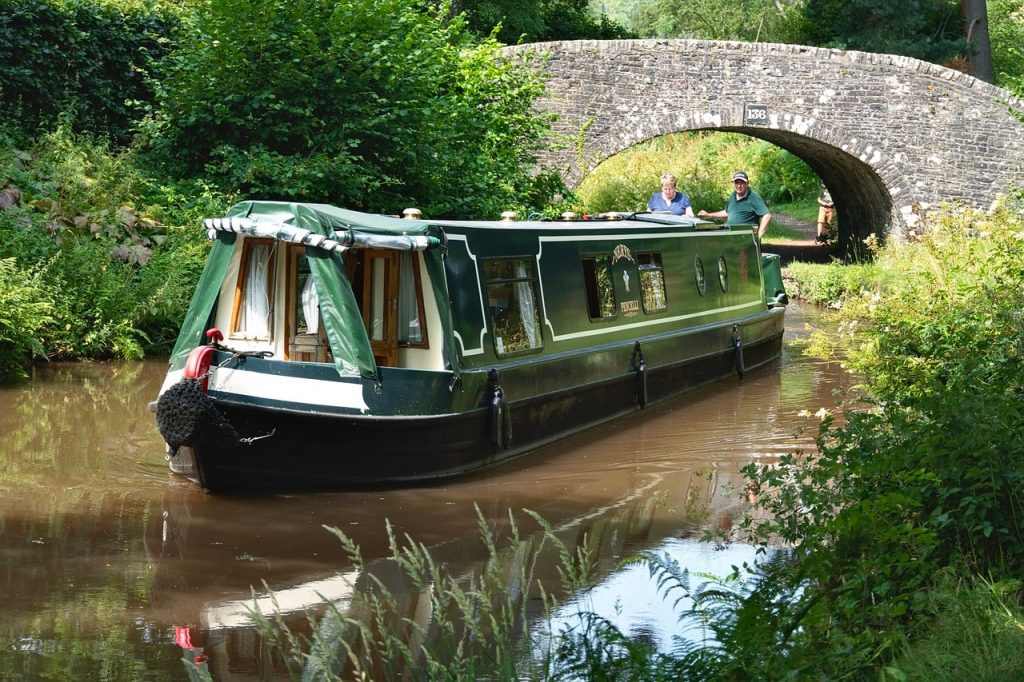Canal cuttings – Dec 2023

Things are pretty quiet at the locks now we are into the winter months. Except when the odd bright sunny day brings out the walkers and visitors.
There are very few boat movements. Some hire boats from Union Wharf and North Kilworth are still around. But most private boaters seek a safe mooring for the duration. Either in one of the marinas or somewhere reasonably close to facilities.
Ice-breaking
Ice has always been the bane of the canals. It stops commercial traffic and traps boats in sometimes hostile locations far from fresh water or access to provisions. The canal companies had special ice-breaking boats, of which there are two examples on display behind the bottom sideponds. They would be filled with men and drawn by teams of horses. which dragged them on to the ice. The men would then rock the boat to break it up.
Sometimes it simply got too thick to break. In the winter of 1962/3, the canal froze suddenly and remained frozen for 13 weeks. This is sited as the final nail in the coffin of freight carrying. The customers had to resort to other forms of transport and never returned. (On the Foxton flight only the tips of the lock beams were sticking out of the snow, and the village was cut off for days.)
Flooding
Another problem is flooding and we have had several autumn storms, which brought the levels up to worrying heights. At Aylestone, the Leicester Line canal merges in part with the River Soar. This has been intermittently closed to navigation and recently suffered serious flood damage.
In the Foxton area, there are many streams and watercourses that connect to the canal and a system of paddles and weirs let the water either in or out. When I first came to the locks in the 1960s, they were still controlled by a British Waterways foreman who lived in the wharf cottage at Market Harborough. If there was heavy rain in the night, he had to come out on his bicycle and walk up the fields towards Gumley to switch the paddles over.
Things are slightly more sophisticated now, with a lot of the water control done remotely by computer telemetry. But observant walkers on the towpath may notice many paddles and sluices, with important jobs to do, and most still rely on bank staff to monitor.
Mary Matts




 Why wait until the New Year?
Why wait until the New Year?

